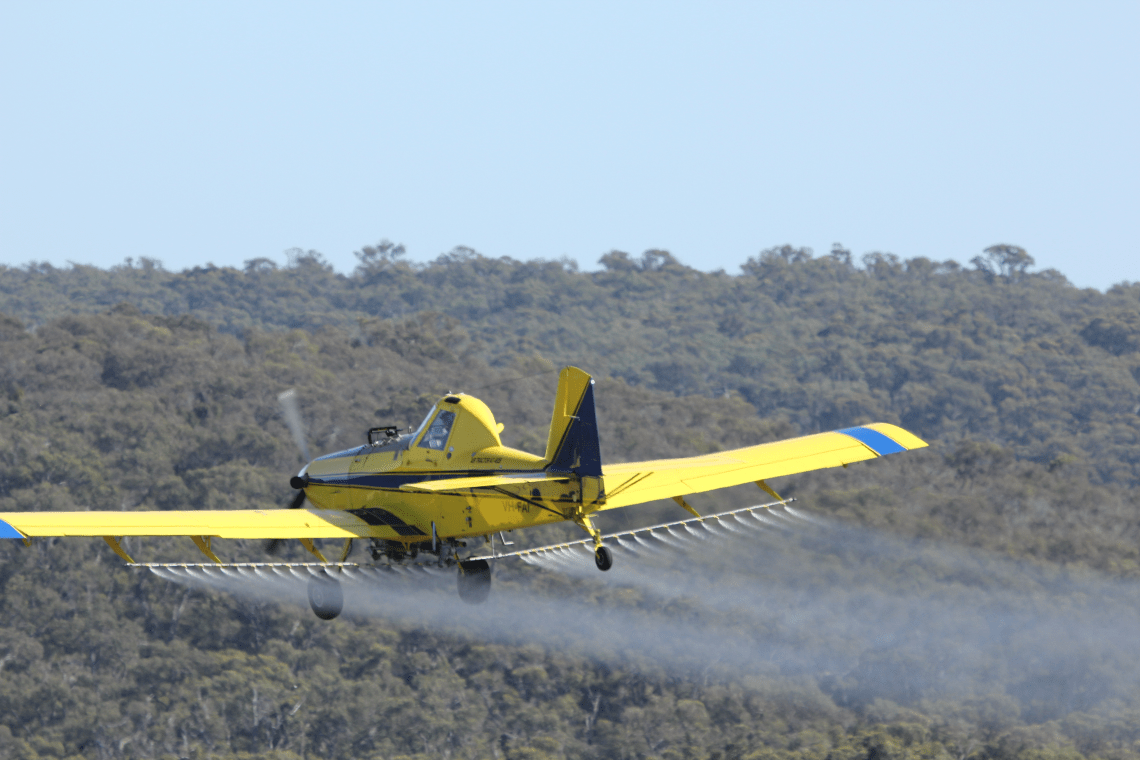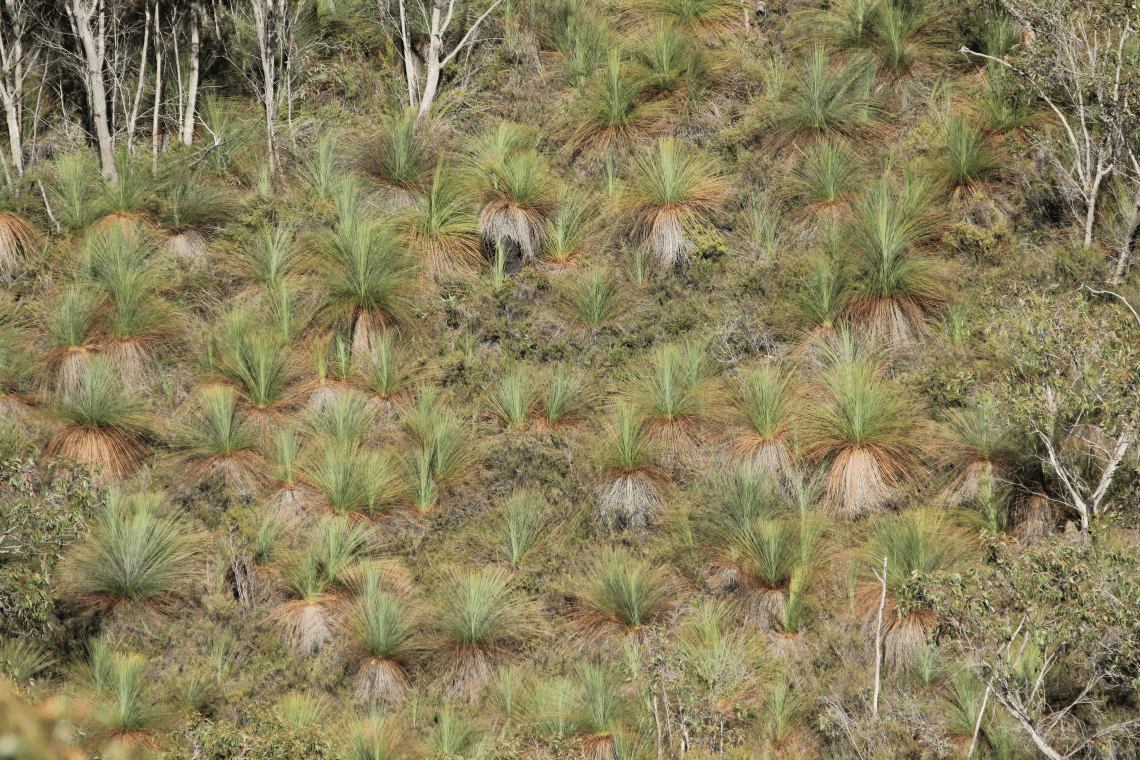A collaborative program has seen agencies work together to combat the deadly plant pathogen, Dieback (Phytophthora cinnamomi) in and around Great Otway National Park.
Dieback is a deadly disease which devastates native plants like grass trees and native animals who rely on native habitat like the Southern Brown Bandicoot and Long-nosed Potoroo.
To slow the spread, a trial is underway to reduce the impact of dieback through Victoria's first aerial application of phosphite, a low toxicity salt-like chemical over the Anglesea and Carlisle Heathland.
"We can protect large amounts of bushland fairly quickly and easily using aerial spraying" said Katrina Lovett, Regional Conservation Program Coordinator at Parks Victoria.
The chemical, already used in Western Australia, works by boosting plant defences against Phytophthora, giving native species a fighting chance to survive.

The aerial application will help boost native plant immunity against the disease. Photo credit: Corangamite Catchment Management Authority
"Once dieback is present it can't be eradicated, but it can be controlled. Applying phosphite to plants doesn't kill the disease, but what it does is boosts the plant's immunity. So, it's a little bit like an immunisation" said Jessica Miller, Environmental Programs Manager at the Corangamite Catchment Management Authority.

Native Australian grass trees are one of the species which are particularly susceptible to dieback. Photo credit: Corangamite Catchment Management Authority
"We're working together to slow the spread of Phytophthora dieback in the Otways and this trial will give us a real insight into the effectiveness of aerial spraying across a large area" says Tim Miller, Wild Otways Project Officer from the Department of Environment, Energy and Climate Action (DEECA).
Findings from this trial will help to inform the future use of Phosphite to help protect and support native vegetation in both the Otways and across Victoria.
This project is part of the Australian Government's Wild Otways Initiative which aims to protect native wildlife from threats, including dieback. The aerial application is one part of a broader project to map the occurrence of the disease in the Otways, prioritise areas for protection, and train staff, community groups and Traditional Owner groups to further prevent the spread of the disease.
This project is a collaboration between Corangamite Catchment Management Authority, Parks Victoria, the Department of Environment, Energy and Climate Action, Barbara Wilson Pty Ltd and Field Air Group. Wild Otways Initiative is funded by the Australian Government.






